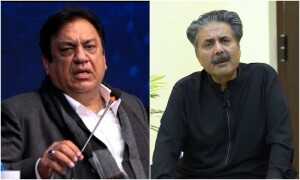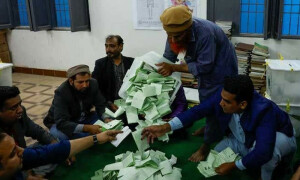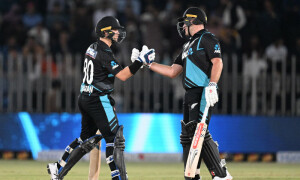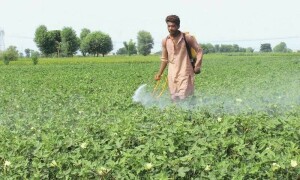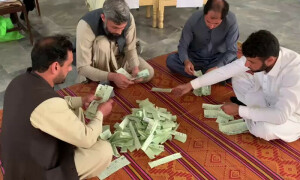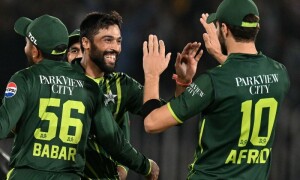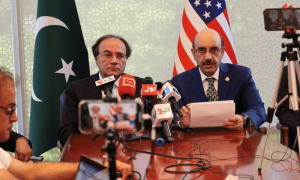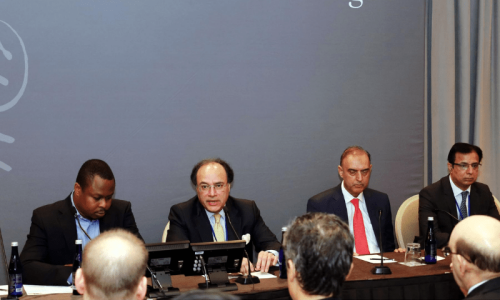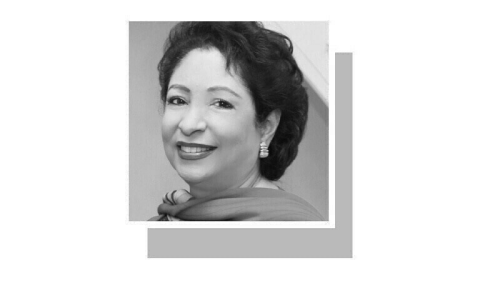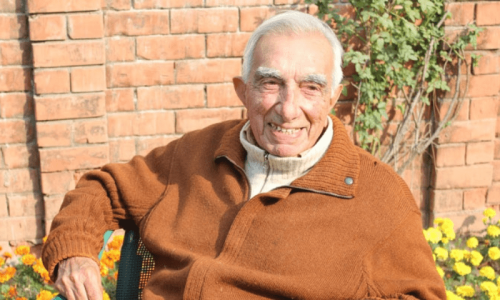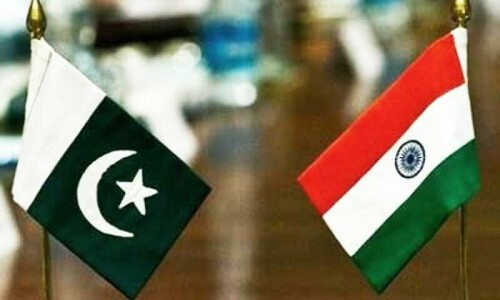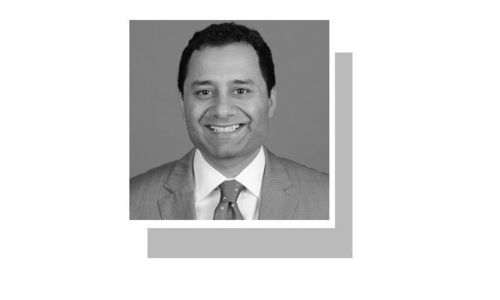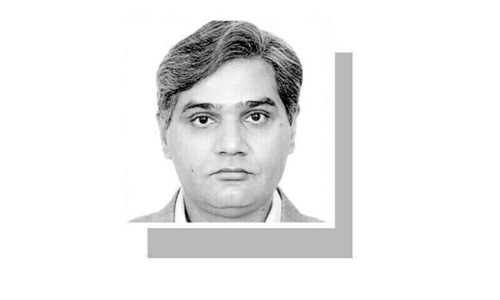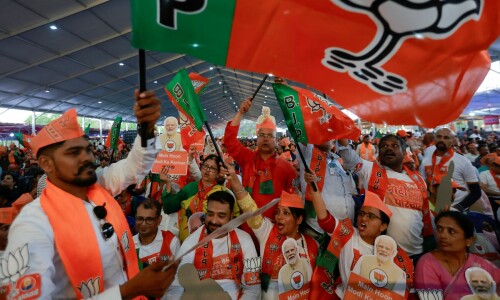Hazra Begum has been living in fear since witnessing men chanting Hindu religious slogans hack, bludgeon and burn Muslims to death in Delhi’s worst sectarian riots in decades.
Ten days after the violence, she is among 1,000 people at a squalid relief camp too scared to go home, wondering if the mixed Hindu-Muslim areas where the violence took place will ever recover.
“I can’t trust anyone now,” she said as she sobbed at the makeshift camp in an open prayer ground in the Mustafabad area of the Indian capital that was the epicentre of the unrest.
“I will never forget how these men wearing helmets and chanting Jai Shree Ram (Hail Lord Ram) shouted ‘kill the Muslims, don’t spare any of them’.”
At least 50 people died in the riots on February 24-25, over two-thirds of them from India’s 200-million-strong Muslim minority, according to hospital lists. One policeman was also killed.
Critics blame Prime Minister Narendra Modi and his Hindu nationalist ruling party for stirring animosity between communities that have co-existed largely peacefully for decades.
Modi, 69, who was chief minister of Gujarat state in 2002 when around 1,000 people perished in religious riots, insists he wants to protect India’s secular tradition.
For the most part, it was the Muslims who were the victims in the riots. They were shot, stabbed, beaten to death or burned in their shops and homes in rundown districts of northeast Delhi.
The government-appointed Delhi Minorities Commission said it was “one-sided and well-planned”, with “maximum damage... on Muslim houses and shops with local support”. But reportedly there was violence on both sides in some areas.
In Ashok Nagar, a Hindu-dominated locality, anger was palpable as men complained how no one was highlighting their plight. “Our homes and shops have also been burnt, our people have died as well. A Hindu (security) official was stripped and stabbed to death,” said Dharam Veer.
“But no one seems to care about us. Everyone is saying only Muslims were targeted.”
Both sides agree, though, that police were slow to act. Some even accuse them of helping Hindu rioters as they went on the rampage with Molotov cocktails and pouches of acid. Such is the fear of more violence that some Muslims are changing their habits, their appearance and even their names.
Published in Dawn, March 9th, 2020
















